Issue N27
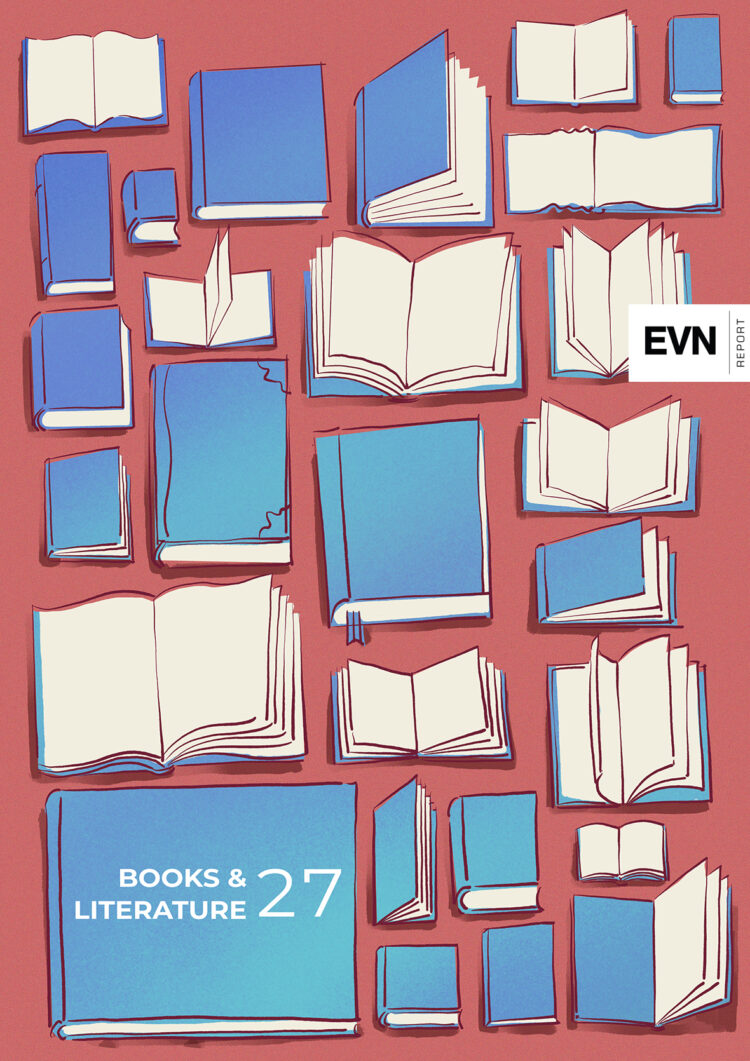



Armenian books and literature have a rich history dating back more than 1,500 years. Following the invention of Gutenberg’s printing press, the first Armenian book to ever be published was the Book of Friday prayers (Urbatagirk) by Hakob Meghapart in Venice in 1512. However, the tradition of books and literature can be traced back to the 5th century, considered the Golden Age of Armenian art and literature. The invention of the Armenian alphabet in 405 AD by Mesrob Mashtots became a major turning point for the Armenian people and provided the foundation of a literary tradition that began with making the Bible and translations of the Classical world accessible, opening Armenian schools, and thus ushering in the spread of literacy. A new generation was being educated in their mother tongue, one that would better understand the plight of their nation and homeland. From the earliest works ever written, all the way to contemporary times, Armenian books and literature have helped form the basis for Armenian cultural identity.
The magazine issue for March — “Books and Literature” — include articles about the art of translation, what it means to be a literary agent in modern day Armenia, memory and literature, how books can help teach children about disabilities, and how Armenian literature created the image of Yerevan as a “sunny city” during the last century, serving as a lens to read the capital of the country.
Illustration by Harut Tumaghyan
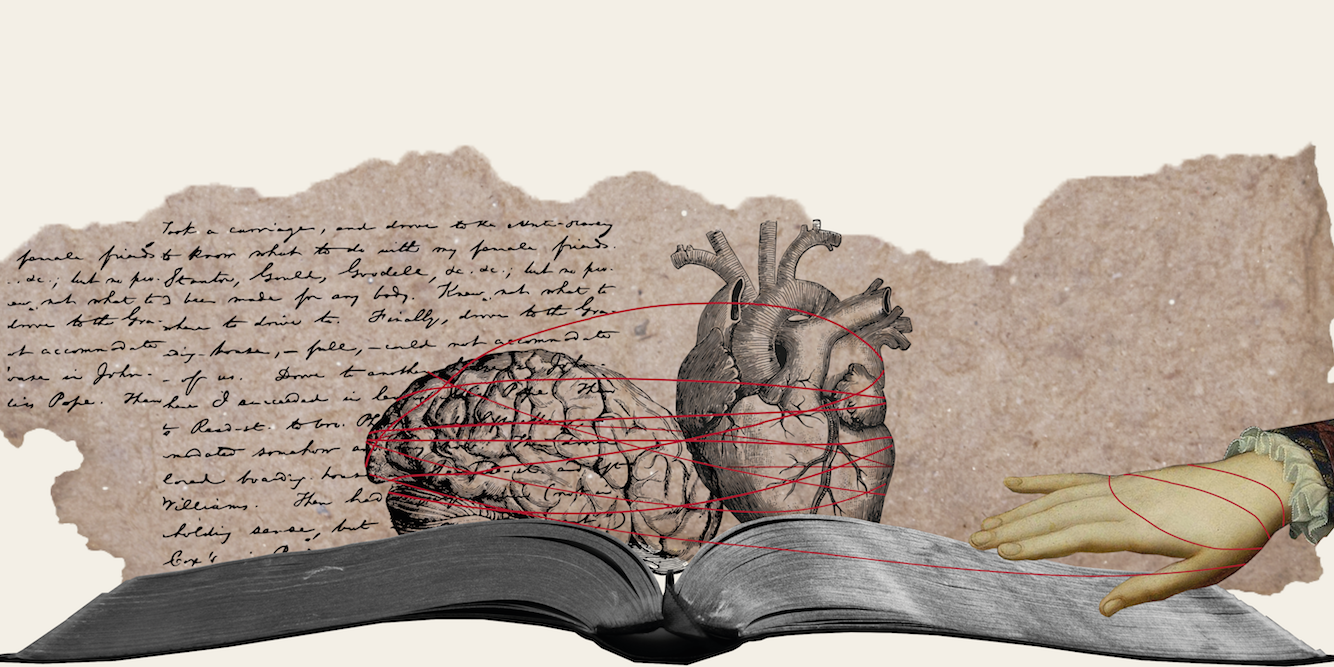

Literature’s contours are often greatly defined by catastrophic events such as war, genocide and exile. While academic accounts tend to focus on the detached analytical overview, the Arts reflect the more emotionally engaged personal and subjective reactions to historical upheaval.


Yerevan had her novel, it was simply forgotten, removed from our memory. Contemporary prose shed light on the darkness of oblivion and helped us remember “Yerevan”, writes Tigran Amiryan.
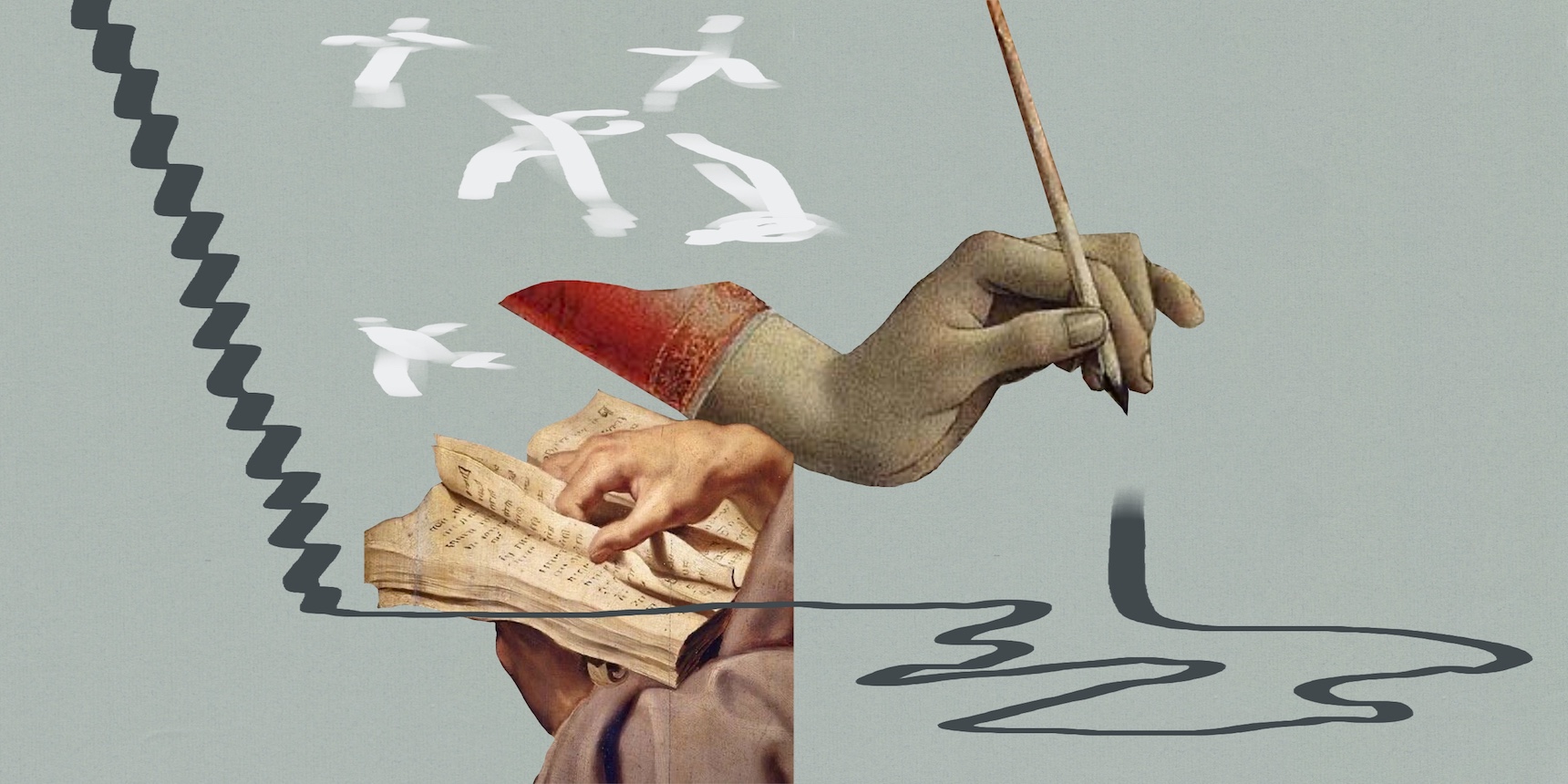

A considerable volume of literature from antiquity to well-known 20th century writers is now available in Armenian. There is a need to expand the scope of translations from Spanish, one of the most spoken languages in the world, writes Alice Ter-Ghevondian.
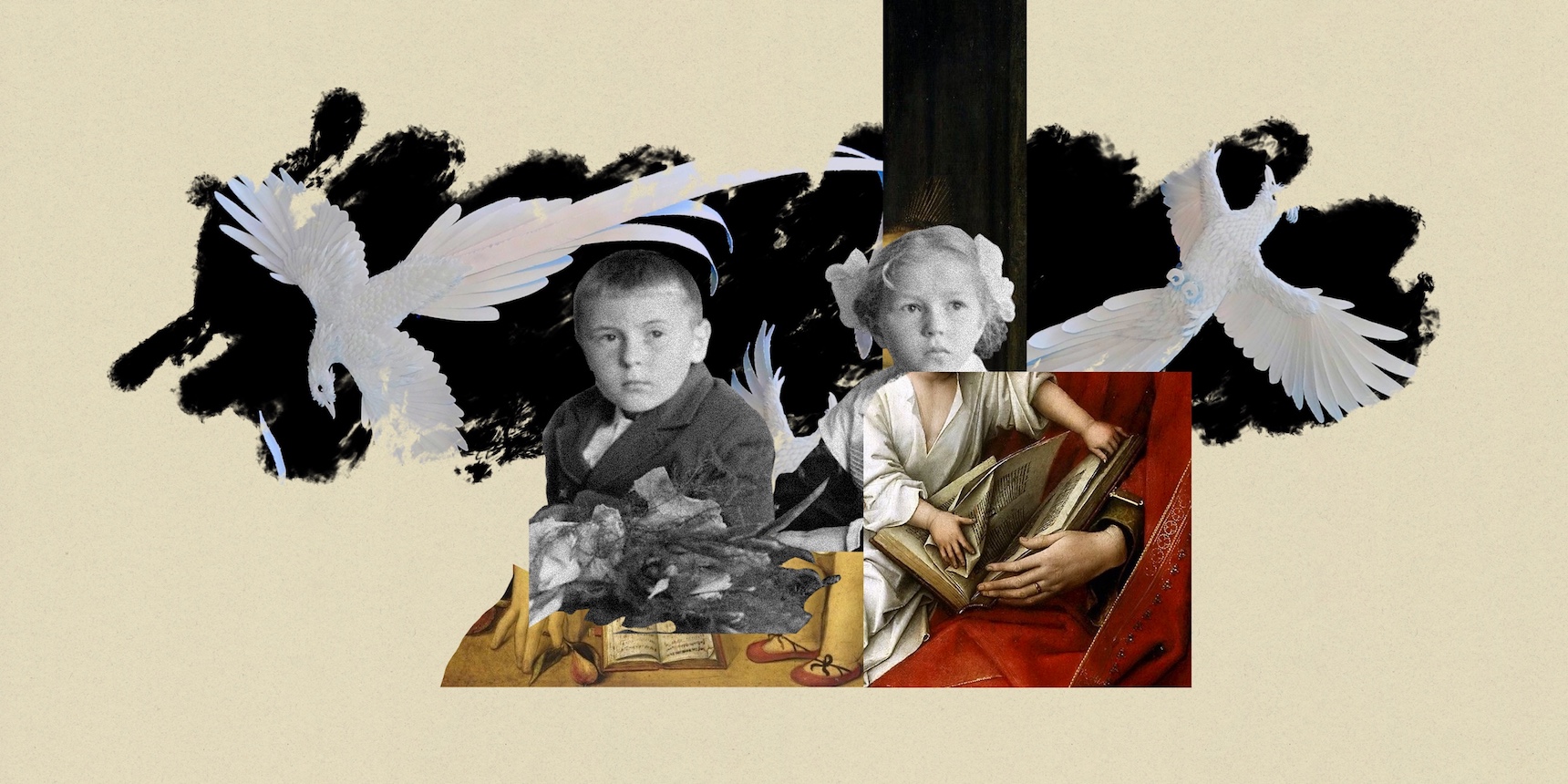

Reading children’s literature that includes characters with disabilities can be instrumental in changing attitudes and social stereotypes, writes Armenuhi Avagyan.
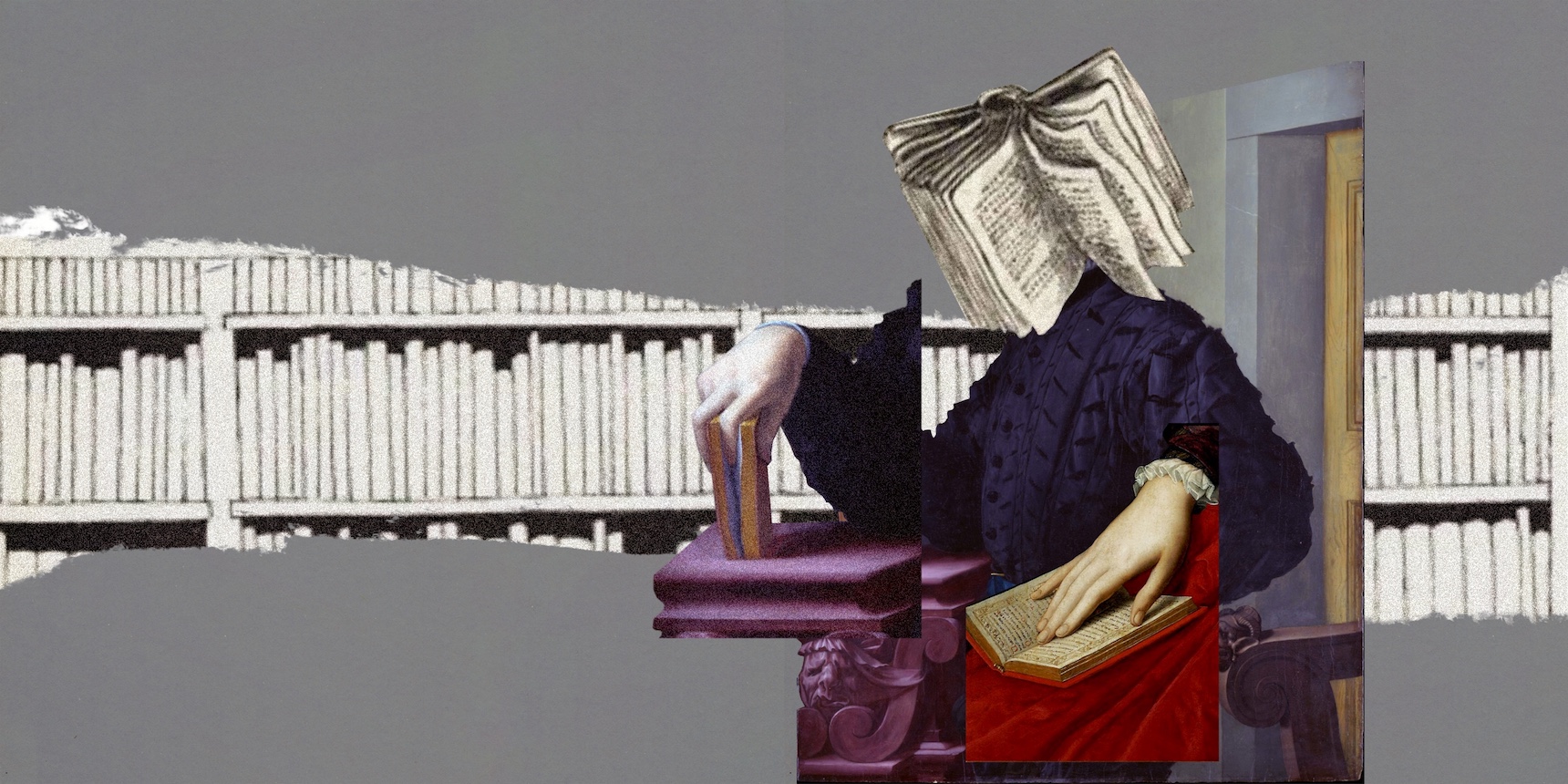

What does it mean to be a literary agent? What should one know about a job which can be time-consuming and exhausting but can also bring incredible satisfaction? Literary agent Arevik Ashkharoyan shares her thoughts and sometimes funny experiences.
EVN Report’s mission is to empower Armenia, inspire the diaspora and inform the world through sound, credible and fact-based reporting and commentary. Our goal is to increase public trust in the media. EVN Report is the media arm of EVN News Foundation registered in the Republic of Armenia in 2017.
SUPPORT INDEPENDANT JOURNALISM